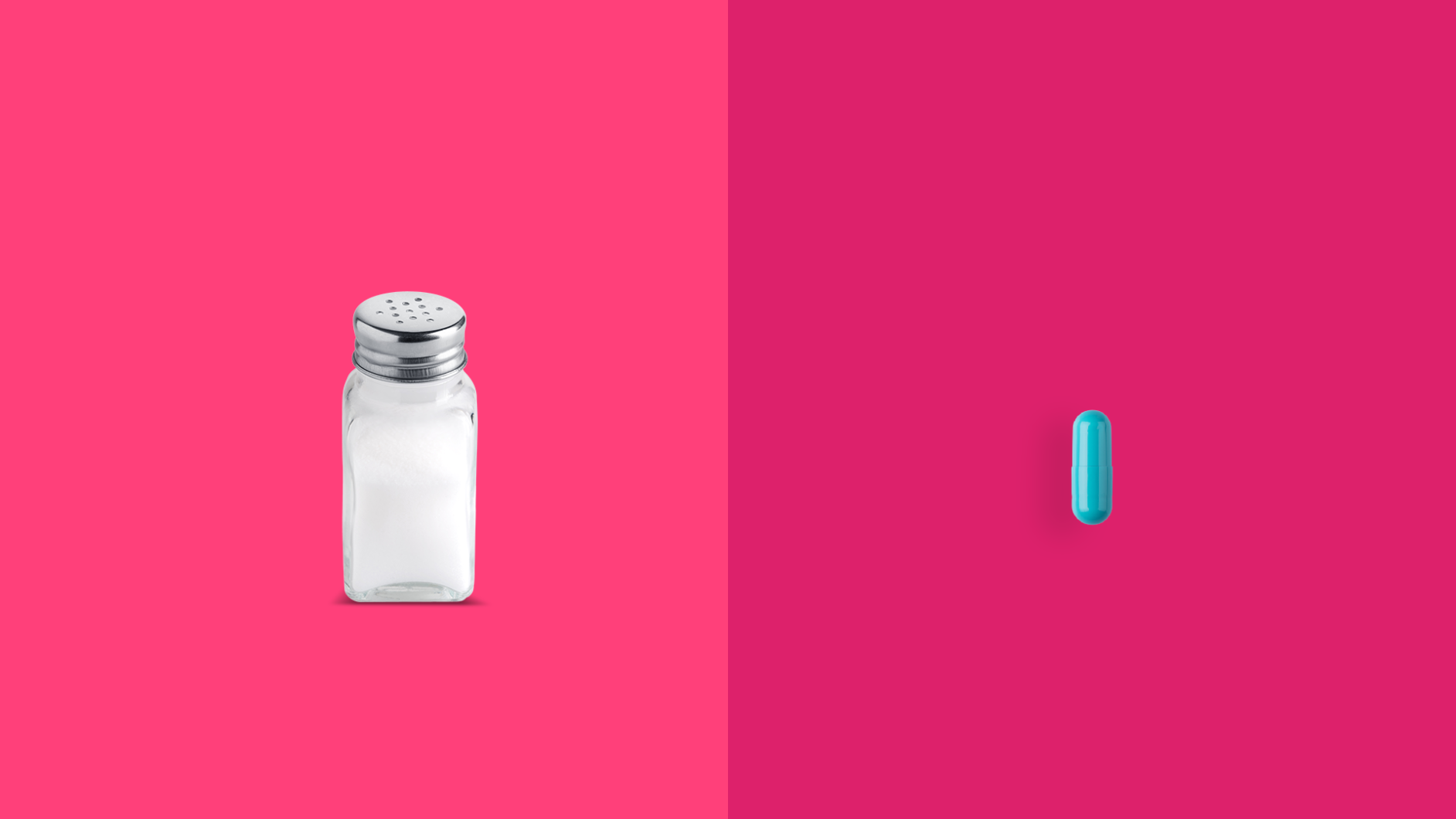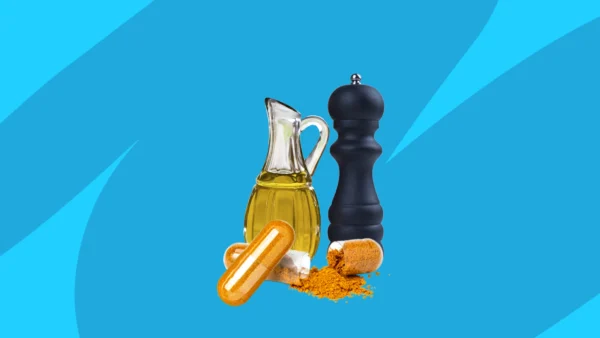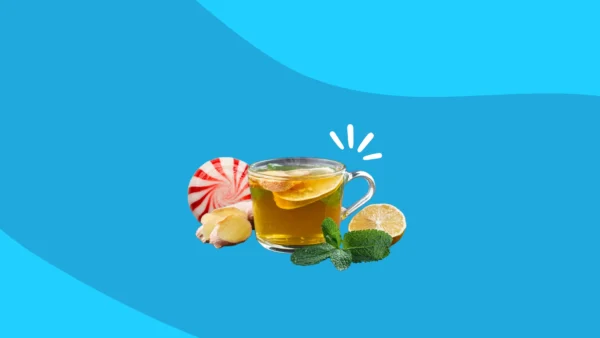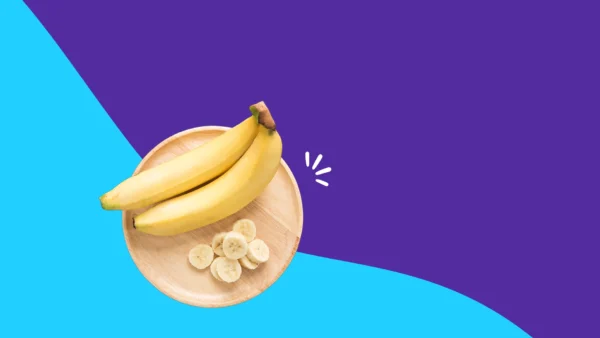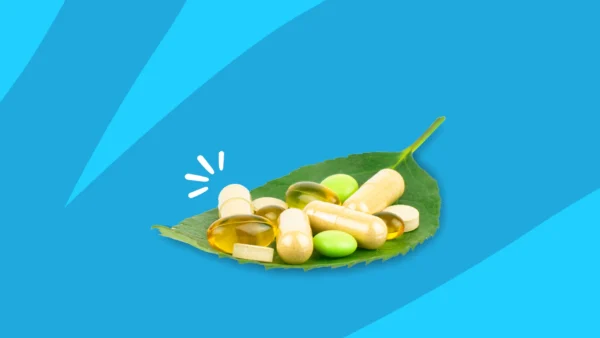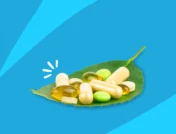What is iodine? | Iodine deficiency | Daily intake recommendations | Foods | Supplements
Iodine is an essential nutrient for our bodies, and it helps maintain many bodily functions. Iodine-rich foods are a staple of a healthy diet, although not everyone gets enough of this nutrient regularly. If you want to learn more about the symptoms of iodine deficiency, natural ways to ingest iodine in food, and the various types of iodine supplements that are available, keep reading.
What is iodine?
Iodine is a trace mineral that’s essential for the production of thyroid hormones triiodothyronine (T3) and thyroxine (T4). It’s a building block for sleep, metabolism, and overall growth and development. Most people get enough iodine regularly, although, in some instances, iodine supplementation may be necessary to combat a deficiency.
What is iodine deficiency?
When you have an iodine deficiency, your body isn’t getting as much iodine as it needs. “The most common cause of iodine deficiency is due to a lack of iodine in the diet,” says Kasey Nichols, NMD, who specializes in naturopathic medicine. “Iodine deficiency can lead to serious medical conditions. Fortunately, due to the inclusion of iodine in table salt in 1924, iodine deficiency in the United States is relatively uncommon.”
Although most Americans get enough iodine with a traditional Western diet, it’s important to understand the symptoms associated with an iodine imbalance and how it may impact your overall health.
Weight gain, learning difficulties, getting the chills often, and fatigue are common symptoms of an iodine deficiency. One of the more severe and prominent symptoms of an iodine deficiency is goiter, which is a bulge in the neck caused by an enlarged thyroid gland. An iodine-deficient person has an increased risk of other thyroid disorders, like hypothyroidism (a thyroid disease caused by insufficient thyroid hormone production). In the case of growing children, severe iodine deficiency can cause other health problems like intellectual disability, slow brain development, or stunted growth.
To treat an iodine deficiency, a person can increase their intake of certain iodine-rich foods, or take iodine supplements.
How do I know if I need iodine?
The first step in diagnosing an iodine deficiency is to contact your healthcare provider. He or she will be able to test your iodine levels in a variety of ways to determine if you lack dietary iodine. There are a few different tests that can help with this process.
The two most common iodine tests are a urine test and a blood test, which are both quick and easy ways to check levels of iodine. However, the urinalysis may not be as accurate as a blood test. Another option is a more in-depth urine loading test, which shows iodine concentration in your urine over 24 hours. This is a highly accurate test, although it can be inconvenient to obtain all urine samples for an entire day. Lastly, the iodine patch test also takes around 24 hours to complete, but it’s not as precise. With this test, your physician will paint a patch of skin with iodine and observe how quickly the body absorbs it.
Depending on the results of these tests and the patient’s symptoms, a doctor may need to perform additional tests like a TSH test to determine thyroid hormone levels and how they may have been affected by low levels of iodine.
How much iodine do I need?
Since iodine is a necessary component for proper thyroid function and developmental growth, the amount of iodine a person needs depends on their life stage.
Below is a list of the recommended daily intake for iodine consumption, according to the National Institutes of Health:
| Daily iodine intake recommendations | |
|---|---|
| Life stage | Recommended daily intake |
| Birth to 6 months | 110 mcg |
| Infants 7–12 months | 130 mcg |
| Children 1–8 years | 90 mcg |
| Children 9–13 years | 120 mcg |
| Teens 14–18 years | 150 mcg |
| Adults | 150 mcg |
| Pregnant women | 220 mcg |
| Breastfeeding women | 290 mcg |
Note: Pregnant and breastfeeding women need the most iodine, as their iodine levels pass on to their child during development. Because of this, lactating women have the highest recommended amount of iodine consumption to ensure that their breast milk contains enough iodine for their baby.
How much iodine is too much?
Maximum iodine requirements also fluctuate by life stage. For instance, a young child shouldn’t exceed 300 mcg of iodine in a day, while a full-grown adult has an upper limit of 1,100 mcg. Too much iodine can produce similar symptoms as iodine deficiency, like goiter or hyperthyroidism.
What are good sources of iodine in food?
Iodized table salt resolved a lot of iodine deficiency disorders in the 20s, however, data suggests an iodine deficiency problem could be remerging in the U.S. as more consumers opt for non-iodized kosher salt and sea salt.
Fortunately, there are many iodine-rich foods available besides salt. You can look to dairy products (particularly milk and eggs) and seafood (fish, shrimp, and seaweed) to incorporate more iodine in your diet. Fruits and vegetables are also good food sources of iodine, especially lima beans, bananas, or corn.
Some of the most common iodine-rich foods and their percent daily values (%DV) are listed below. These numbers come from the National Institutes of Health recommendations for iodine food consumption.
| Iodine-rich foods | ||
|---|---|---|
| Food | Iodine micrograms per serving | Percent daily value (%DV) |
| Seaweed (Nori, Kombu, Wakambe, Arame) | Ranges between 16-2,984 mcg per 1 gram of seaweed | 11%-1,989% |
| Cod | 99 mcg in 3 oz of baked cod | 66% |
| Milk | 56 mcg per 1 cup of reduced-fat milk | 37% |
| Bread | 45 mcg per 2 slices of white, enriched bread | 30% |
| Shrimp | 35 mcg per 3 oz of shrimp | 23% |
| Eggs | 24 mcg per egg | 16% |
| Tuna | 17 mcg per 3 oz of tuna (canned in oil) | 11% |
| Lima beans | 8 mcg per ½ cup of boiled lima beans | 5% |
| Corn | 14 mcg per ½ cup of creamed corn | 9% |
| Banana | 3 mcg per 1 banana | 2% |
RELATED: Is salt bad for you? Here’s why scientists can’t agree
Can you take iodine supplements?
Iodine supplements are available over-the-counter as capsules or tablets. Some of them are derived from iodine-rich kelp (a type of seaweed). These products don’t require a prescription, but it is necessary to differentiate them from other iodine formulations.
It’s is an essential nutrient for our bodies, but iodine can also be used as a first-aid antiseptic to treat minor cuts or wounds and prevent infection. Iodine tinctures and other liquid-based forms of iodine are designed for external use only and should not be ingested.
Lugol’s solution, which contains potassium iodide, is not intended to be used as a supplement. It can be ingested under the supervision of a doctor in the treatment of thyrotoxicosis (thyroid storm) or radiation emergencies. Do not ingest an iodine-containing liquid without the guidance and supervision of a medical professional.
If you intend to take an iodine supplement, it’s best to seek medical advice from your healthcare provider or dietitian about the best products to use, and what dosage is right for you. Typically, these kinds of supplements contain an iodine content of 150 mcg, which is the standard amount of iodine that an adult should get daily. However, everyone is different when it comes to nutritional needs, and eating more iodine-rich foods can be a better treatment option for some individuals.



